| This file photo shows North Korean forces conducting a joint strike drill involving long-range artillery and a new variant of tactical ballistic missiles on the east coast on May 8. (KCNA via Yonhap) |
North Korea fired multiple ballistic missiles into the East Sea on Wednesday, in an apparent move to draw attention to itself about a week before the Asia-Pacific Economic Cooperation summit, which is expected to bring together global leaders — including US President Donald Trump — in South Korea.
The launch, the fifth of its kind this year, was the first in 167 days, dating to May 8, and marked the first missile provocation by the regime since South Korean President Lee Jae Myung took office on June 4.
According to South Korea’s Joint Chiefs of Staff, the military detected multiple missiles launched at around 8:10 a.m. The missiles, which appeared to be short-range ballistic missiles, were launched from an inland area of Chunghwa, North Hwanghae Province, south of the capital Pyongyang, and flew about 350 kilometers to the northeast.
“The military will enhance surveillance and vigilance in preparation for possible additional launches,” the JCS said, adding that it would maintain full readiness while closely sharing information on the North’s missiles with the US and Japan.
Following the detection, the presidential National Security Office convened an emergency meeting with officials from the Defense Ministry and the Joint Chiefs of Staff. The office said it had been monitoring the situation in real time, reporting directly to the president and reviewing necessary countermeasures in case of further launches.
In its previous provocation in May, North Korea fired a series of ballistic missiles, including the Hwasongpho-11 series — the North Korean version of Russia’s Iskander missile system, classified as the KN-23 — and the KN-25, a 600-millimeter large-caliber multiple rocket launcher. The launch, conducted in Wonsan in the North's Kangwon Province under the supervision of its leader Kim Jong-un, was part of a joint long-range artillery and missile strike drill, according to the North’s state-run Korean Central News Agency.
Wednesday’s provocation, in particular, appeared more deliberately timed, as it took place just over a week before South Korea is to host the APEC summit. The meeting opens Oct. 31 in Gyeongju, North Gyeongsang Province, and is expected to bring together global leaders including US President Trump, Chinese President Xi Jinping and Japan’s new Prime Minister Sanae Takaichi.
The National Intelligence Service assessed that the launch was politically motivated, but cautioned that an overreaction from Seoul could play into Pyongyang’s strategy, according to lawmakers briefed on the report during the National Assembly’s Intelligence Committee meeting.
“The NIS reported that there is no need to overreact to the North’s attempt to draw attention with the APEC summit just ahead,” Rep. Park Sun-won of the ruling Democratic Party of Korea, who serves as the committee’s executive secretary, told reporters after the closed-door session at the National Assembly in Seoul.
“According to the agency, if we show too much of a response, Pyongyang could take it as validation and repeat similar acts — tomorrow, the day after, or even during the summit itself,” he added.
Hong Min, a senior researcher at the Korea Institute for National Unification, offered a similar interpretation, saying the launch carries political intent, but is not meant to threaten the APEC summit itself.
“The degree of provocation can be interpreted differently depending on timing,” Hong told The Korea Herald. “Had the missiles been fired just days before APEC, it could have been seen as a serious challenge to the summit. Launching a week earlier instead seems intended to demonstrate presence without crossing into overt provocation.”
He said such launches around major international events usually aim either to break diplomatic isolation or to showcase confidence in its nuclear and missile capabilities. “This one reflects the latter,” Hong said, adding that Pyongyang appears focused on asserting its stance to secure recognition as a nuclear power from global leaders ahead of the APEC meeting.
Hong added that the launch may reflect Pyongyang’s determination to stay on its nuclear course, which could, in turn, undermine any chance of a Kim-Trump meeting, amid speculation that the two could meet on the sidelines of the APEC summit.
“The likelihood of such a meeting actually taking place remains low, as Washington would be reluctant to pursue dialogue while the North continues to launch short-range missiles,” he said.
As of press time, the specific type of the missiles fired Wednesday had not been confirmed.
Launches from Chunghwa have previously involved the KN-23 and KN-25, both precision-strike systems. Among the North’s newer weapons unveiled but not yet tested publicly are an upgraded KN-23 variant and a Hwasong-11 model reportedly equipped with a hypersonic glide warhead.

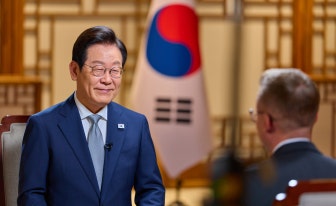
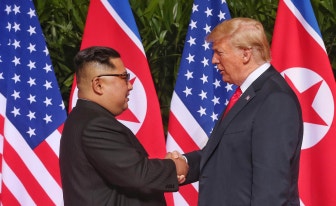
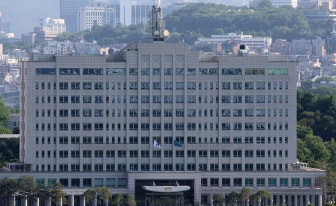
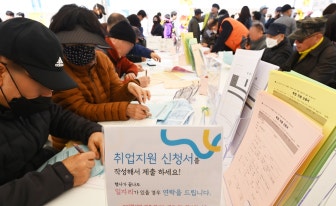
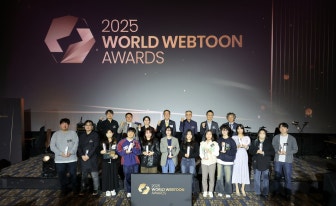

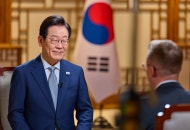
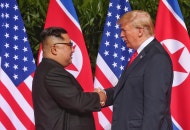
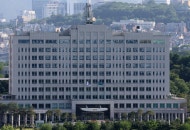
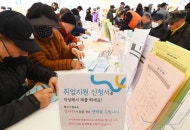
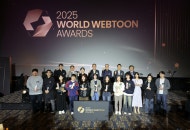


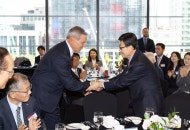
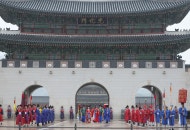
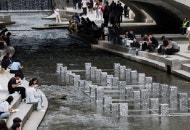


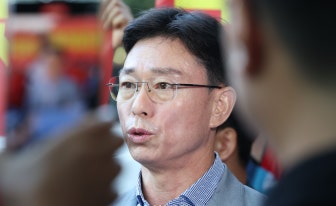


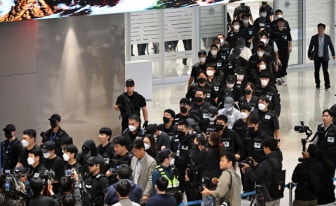

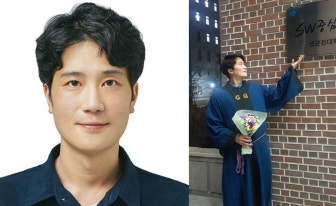
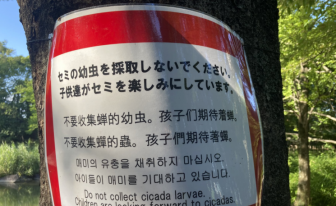

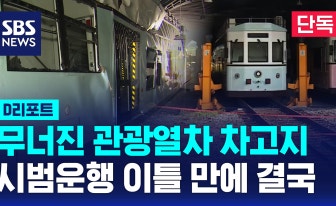


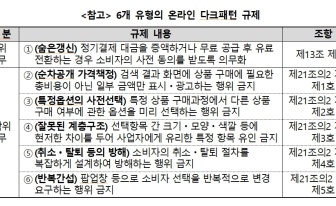


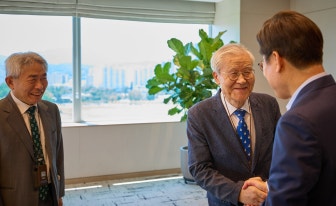




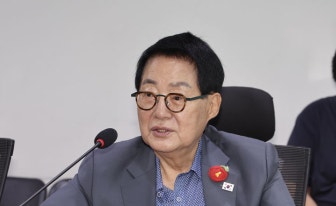

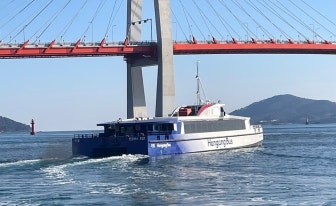
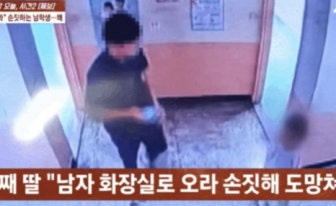

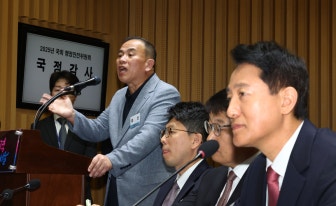
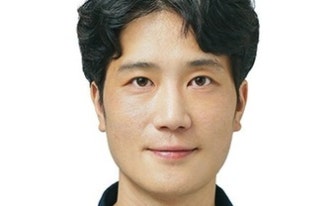
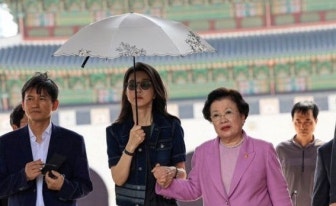













.jpg?type=nf190_130)